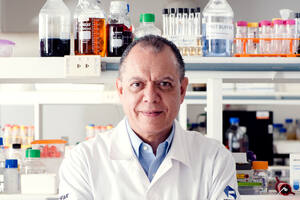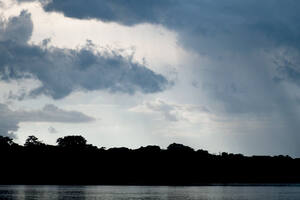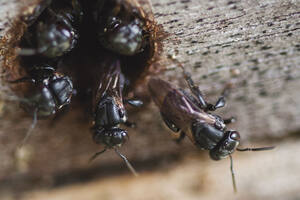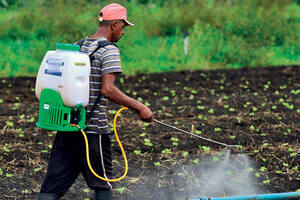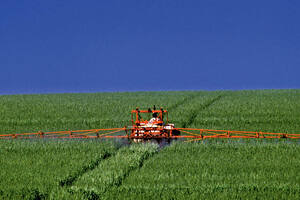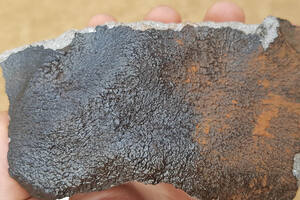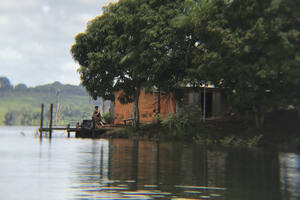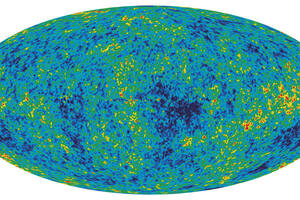Chemistry
Biochemistry
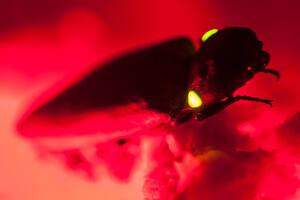
Green, yellow, or red
Bioluminescence research sheds new light on the mechanisms behind firefly colors
Nobel Prize 2018 | Chemistry
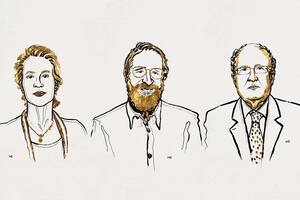
Directed protein evolution
The Nobel Prize in Chemistry was shared by three researchers who controlled genetic changes and selective processes in a laboratory
By Redação
Environment
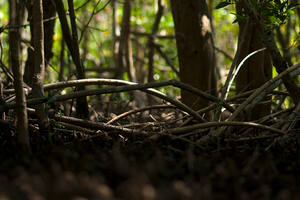
Mangroves store more carbon than the rainforest
In the Amazon, every hectare of mangrove contains twice as much carbon as the same area of inland forest
By Redação
Video

Analyses show how Portinari produced his work
The findings can help confirm authorship of a painting found in what used to be his home and now is the Portinari House Museum
By Redação
OCEANOGRAPHY
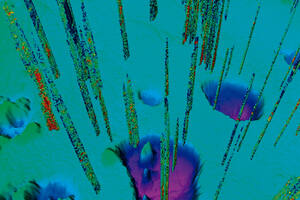
Sources of methane under the sea
Two thousand craters releasing greenhouse gas found off the Brazilian coast
Chemistry
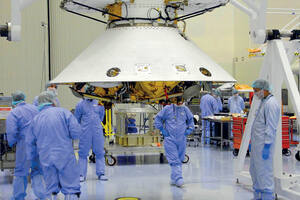
Bacteria hungry for cleaning products
In the laboratory, the bacteria grew and multiplied using ethyl alcohol as its main energy source
By Redação
Chemistry

The effects of crotamine on metabolism
A protein extracted from rattlesnake venom, presented three unexpected effects in recent tests on mice
By Redação
Chemistry

The indelible pigment of Brazilwood
Raphael, Rembrandt, Pietro da Cortona, and Van Gogh all used paints containing red pigments from the bark of the brazilwood tree
By Redação
Cell Biology
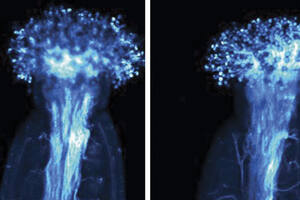
Internal communication in plants
Plant cells communicate with each other by exchanging chemical compounds, similar to the role played by neurons in animal central nervous systems
By Redação
Chemistry
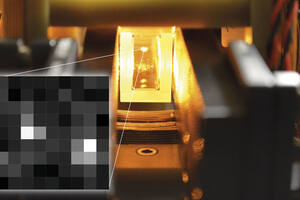
Molecule created in a laboratory
Researchers used laser beams to bump two atoms together, creating a molecule
By Redação
Photolab
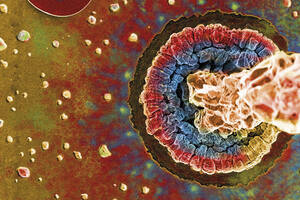
Diamonds in the sky
Tin oxide nanoparticles congregate in a cohesive circle, taking on the appearance of a volcan
By Redação
OBITUARY
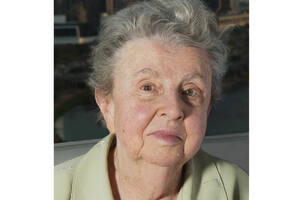
The malaria vaccine pioneer
Ruth Nussenzweig died in New York City at 89 from a pulmonary embolism
PHYSICS
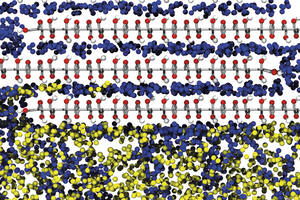
A novel filter
Intercommunicating pores in graphene oxide membranes help separate water from alcohol
Astronomy
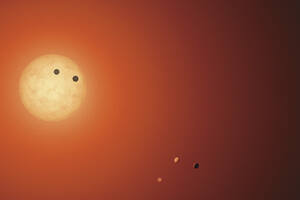
Rocky planets with water and an atmosphere that could support life
At least five of the seven Earth-like planets orbiting TRAPPIST-1 could hold as much as 250 times more water than the earth's oceans
By Redação
Biology
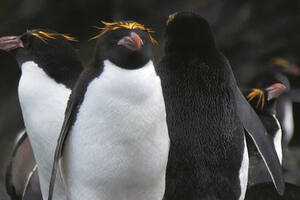
Seabird feces plays a major role in global nutrient cycle
An international group of researchers analyzed the impact that seabird guano has on the nutrient cycle
By Redação
Biochemistry
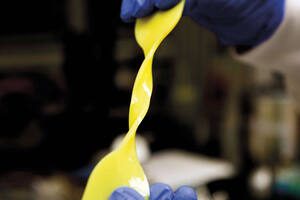
A possible source of replacement cartilage
New material based on aramid and polyvinyl alcohol replicate the mechanical properties of biological tissues
By Redação
Chemistry
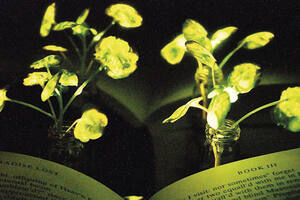
Enzyme transforms plants into a source of light
Chemical Engineers at the MIT have created a watercress plant capable of emitting light for up to four hours
By Redação

